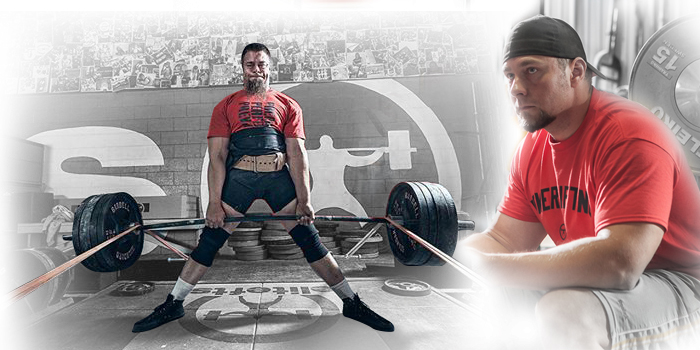
When it comes to a problem in the gym, everyone always looks for a quick fix. Whether it be elbow pain or a lack of pop in the deadlift, everyone hopes that there is a quick, easy technical change or cue to rid them of whatever the issue may be. Sometimes a quick fix does, indeed, exist. However, one must realize that at other times, a long-term solution may be necessary. Be sure you're structurally sound and not injured. With that said, here are some of the quick fixes that I often suggest to my clients and visitors to the Region Barbell Club.
The Squat
Opening your knees before sitting back: If you constantly find yourself in a good morning position when you squat, try this. Before sitting your hips back into the squat, open your knees. Then keep thinking about pushing them out rather than reaching your hips back. Once you’ve mastered how it feels to descend between your knees, you can try to sit back gently after opening up your knees. This should allow you to remain more upright while squatting and not end up with your face down and your ass up.
Tucking your pinky under the bar: If you’re experiencing bad shoulder, elbow or wrist pain when squatting, this can be a short-term solution. This is one of those problems when it's definitely necessary to find a long-term solution, but this can keep you going when you’re caught between a rock and a hard place and still need to squat. Tuck your pinky to get through the workouts, but address the underlying problem as well.
Pushing your knees out but not spreading the floor: If wide stance squatting or spreading the floor is causing you to have knee pain, try this technique. Grip the floor with your feet, push your knees out and sit down. Then, when driving out of the hole, push directly down through your mid-foot and heel. This could require a slightly narrower stance. While I do acknowledge that spreading the floor works for many people, I think it accelerated the knee problems that I’ve had.
Picking your head up before unracking the bar: The unrack is a mini-squat, so treat it as such. Stand up with your back set and your chin packed with the eyes forward. If you have to tilt your head down for your walk out, do so but have it up when you unrack. Many newer lifters have a hard enough time setting the upper back and even more so when max weights are added to the equation. Make sure to do as much of your setup as possible before ever unracking the bar.
RELATED Set Up to Squat Huge
The Bench Press
Setting the bar in the web of your thumb: Many newer lifters will grab the bar just below their calluses. However, this is about an inch high, making it easier for the hand to fall back and hinder the transfer of kinetic energy. When you set up, try setting the bar into the webbing between your thumb and pointer finger. This will help you keep your wrists vertical and over your elbows, keeping the transfer of energy with as few losses as possible.
Aiming your pointer knuckles at one another: This one might sound a little tricky, but give it a shot. The goal is to lock your wrists into position and break the bar apart by trying to point your pointer knuckles together. After doing this successfully a handful of times, you’ll notice that a callus develops at the bottom two-thirds of your palm under the pinky. This will help you keep your grip even tighter. Illegal wide benching can help reinforce this technique.
Setting your hips before setting your upper back: If you find that you always end up with your back set well but your butt dancing in the air, try setting your hips before your back. Provided that you’re following the same routine each time you set up, which you should be, this should be incredibly quick. Just set your hips so that your feet can’t move and then move your upper back into position. This can go the opposite way if you can’t seem to get your upper back set when setting your hips first.
Breaking the chest plate apart first: If you find yourself missing the bubble in your bench shirt and not getting the carryover that you think you should, try this. Begin by breaking the elbows wide. Keep them out wide like a bodybuilder until the shirt locks up. Then start to guide the bar down toward your belly with your elbows. Be sure to lead with the elbows, not guide it with your hands. If you do this correctly, it should allow you to touch higher and load the chest plate more.
RELATED Two Dynamic Bench Cycles That Will Blow Your Bench Up
The Deadlift
Opening your toes up for a better start: If you find that your deadlift needs more speed off the floor and you normally point your feet straight ahead, try angling your feet out a little and pushing your knees out while pulling. This will help you get your hamstrings and glutes into the start. Of course, you have to have glutes and hamstrings for this to work, so make sure that they're strong in the first place.
Straightening your toes for a better finish: While turning your feet out will make the start better, it can make lockout harder. So if you have no problem off the floor, be sure to try pulling with your feet pointed straight ahead. This will help you bring your hips through at the top.
Widening your underhand grip: If you find that you can’t hold on to the bar with a mixed grip or you suffer from excessive wind milling, try moving the supinated hand (that’s the underhanded one) out a little bit. This will allow the bar to sit more evenly and hopefully alleviate your problems.
Taking a wider grip for bigger lats: If you find that you’re blocking your own path at lockout because your lats are so damn big, try moving your grip a little wider. You’ll have to pull the bar a little bit further, but with your lats out of the way, it should be easier overall.
Hip hinging to get the bar and taking your breath while standing tall: This is a big one. Lifters often come to visit me and most squat down, grab the bar, think, take a breath and then pull. If this is you, try it a different way. Stand tall with your feet set, take a big breath into your belly, bend at the hip, grip it and rip it. This will improve things in a couple ways. First, you’ll be able to create tension in the hamstrings by bending at the hip (the quicker the better), which will help you get the bar off the floor quickly. Second, by taking your breath standing tall, you’ll be able to bring in more air, leading to a tighter, more pressurized torso and a better lift. Try it this way for a few training sessions and see if it helps.
Lifting your big toe: If you’re having trouble pulling the bar up and back to take advantage of your hamstrings, try lifting your big toe from the beginning to the end. You might find out that your hamstrings are weak, in which case you’ll need to bring them up.
Adding in hip hinging movements: To bring up those weak hamstrings, you’ll need to add in some hip hinging movements. How do you know if your hamstrings are weak? If your butt shoots up first, you round your back excessively or you stall at lockout, your hamstrings are probably weak. Improve them with good mornings, Romanian deadlifts, reverse hyperextensions and other similar movements. Do them both light and heavy and with extra workouts if you can. As you improve these, you’ll surely enjoy progress in your deadlift.
RELATED Mastering the Deadlift
Conclusion
So that’s it. These are some of the quicker solutions to specific problems that I offer to my clients and visitors here at the Region Barbell Club. If you find yourself in any of these situations, give them a try. Post your results here in the comments. Also, if you have any questions, don’t hesitate to contact me. If you’d like to walk through any of these tips or tricks and you’re in the Chicago area, stop by the Region Barbell Club!









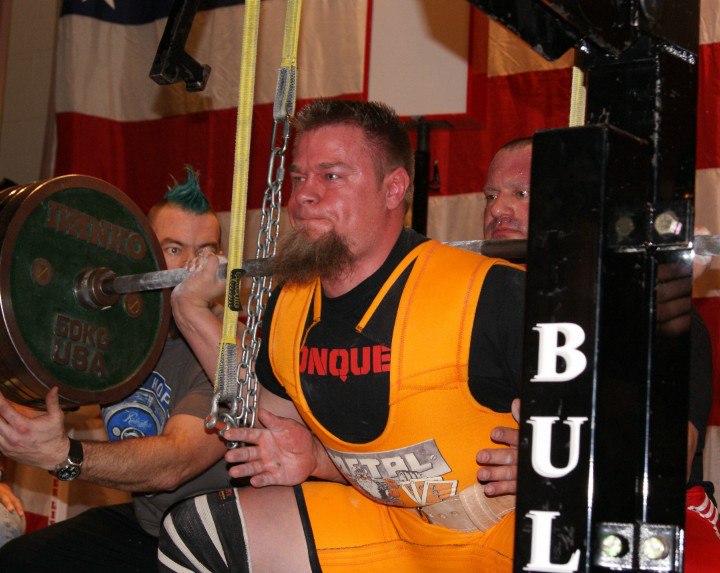
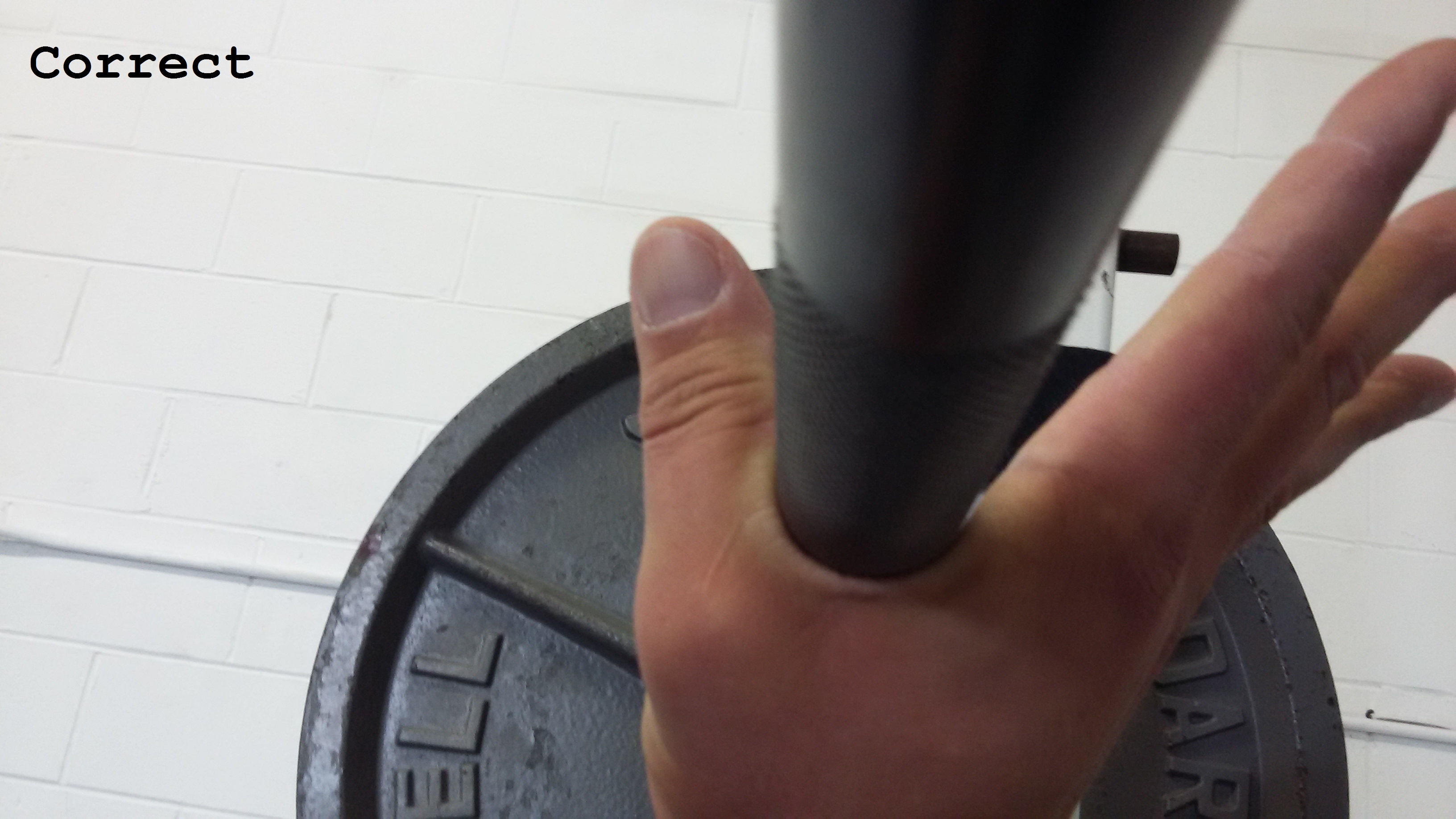
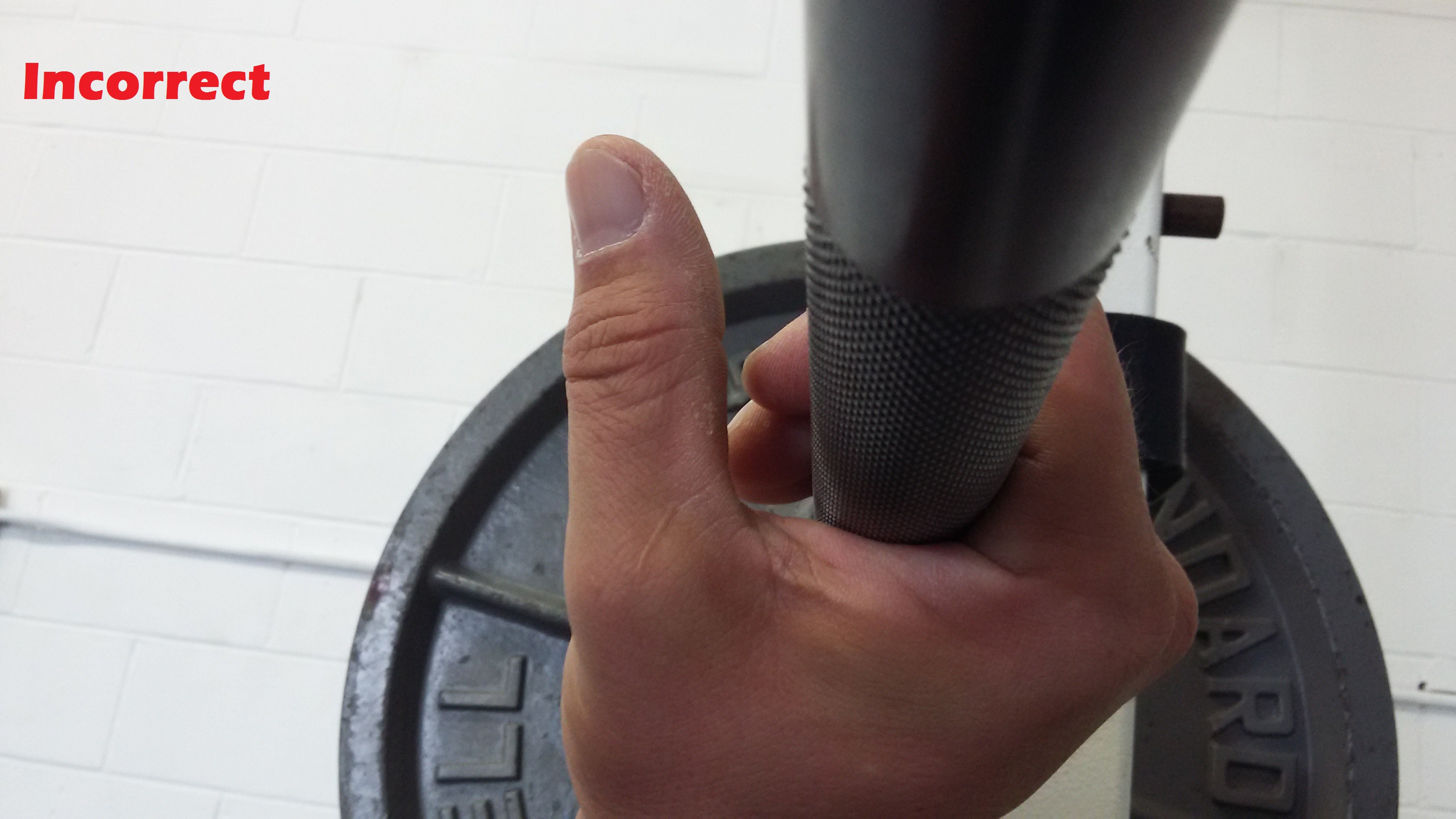
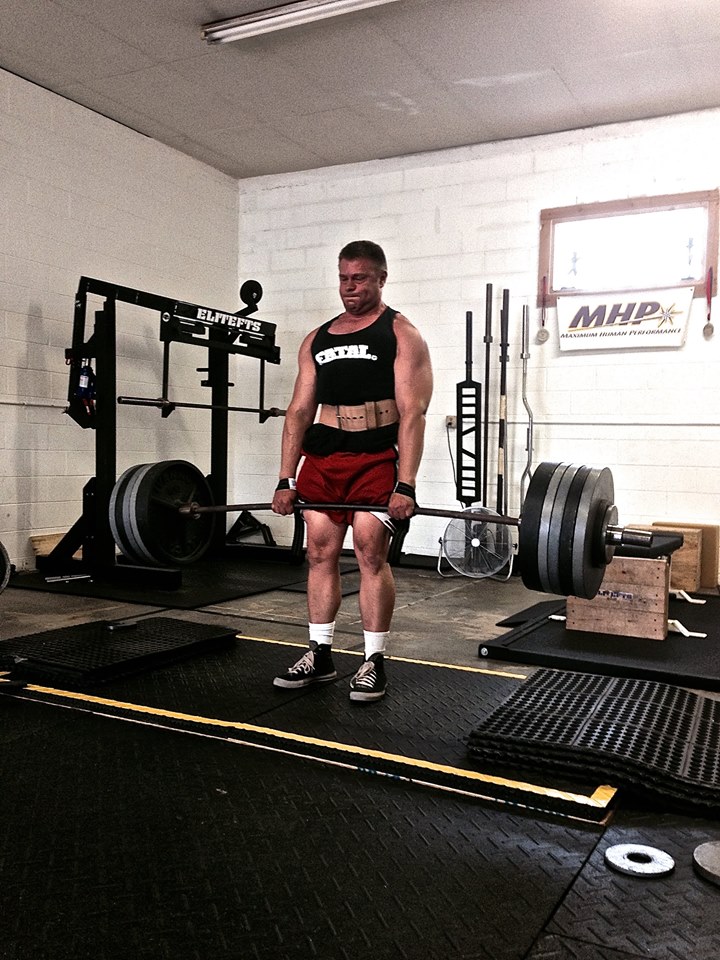

You know Matt's a beast and you should listen to his advice because it takes a lot of time under the bar to develop bat wing lats so wide it's hard to lock out a deadlift!